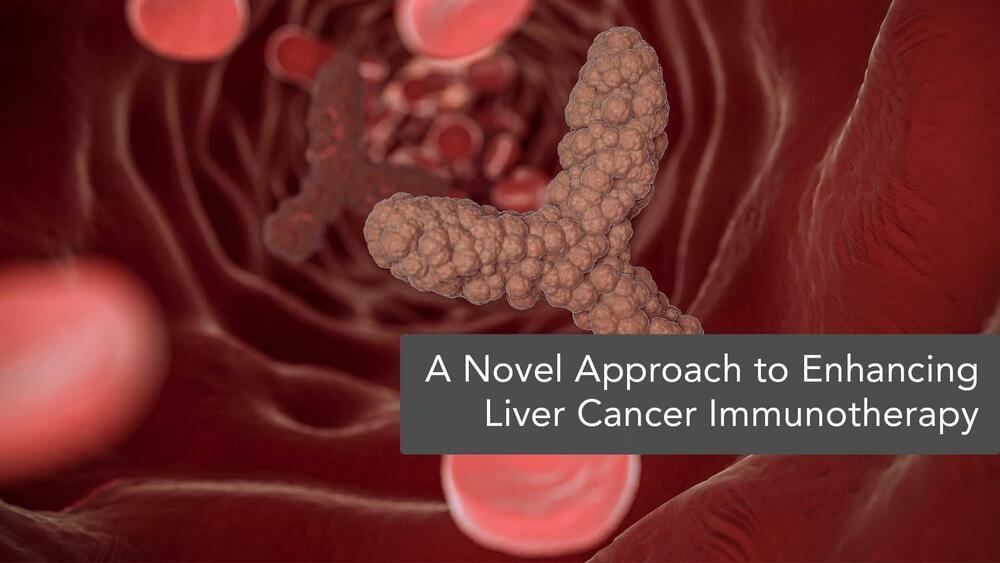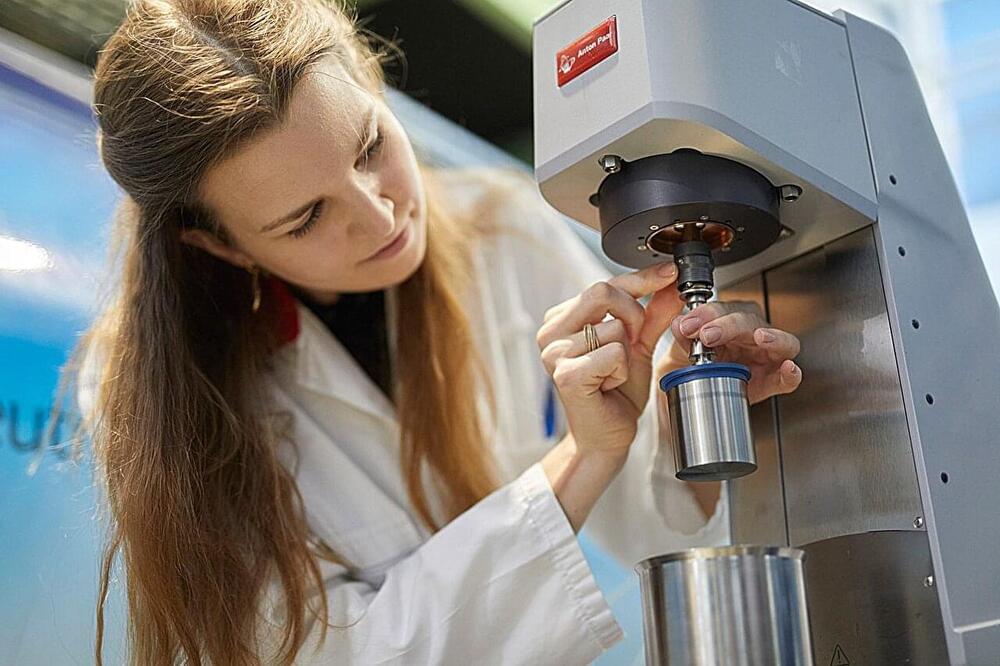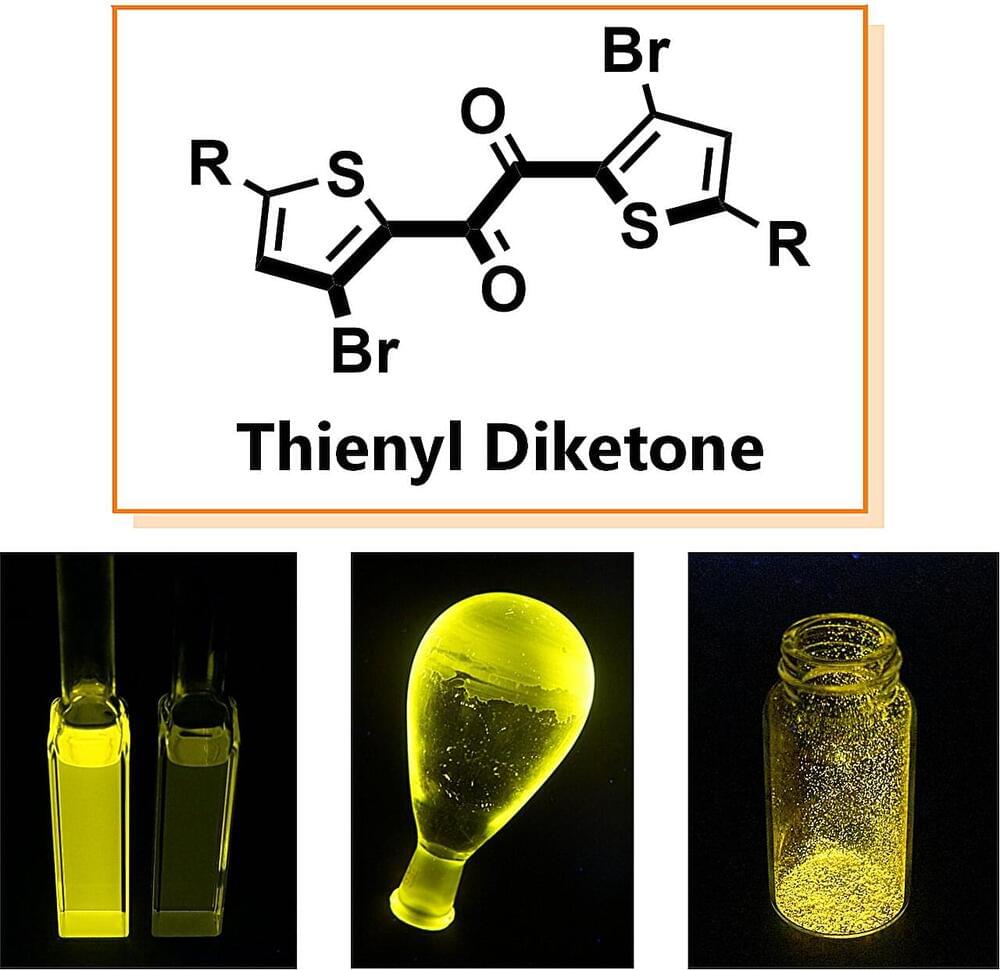Jul 11, 2024
Liver Cancer: How Tackling a Protein Could Boost Immunotherapy Success
Posted by Shubham Ghosh Roy in categories: biotech/medical, health
This study presents a discovery in the fight against hepatocellular carcinoma (HCC) by identifying the protein Schlafen 11 (SLFN11) as a key factor influencing the effectiveness of immune checkpoint inhibitors (ICIs). Through comprehensive analysis using humanized orthotopic HCC mouse models and in vitro co-culture systems, the research unveils how SLFN11’s deficiency in tumor cells leads to an increase in C-C motif chemokine ligand 2 (CCL2) secretion. This phenomenon promotes the infiltration of immunosuppressive macrophages and leads to immune evasion. The study also showcases the therapeutic potential of blocking CCL2/CCR2 signaling to enhance the efficacy of ICIs in patients with low SLFN11 expression. These findings pave the way for future research to explore additional therapeutic targets within the immune landscape of HCC, offering hope for more effective treatments and improved patient outcomes.
Hepatocellular carcinoma (HCC) is a leading cause of cancer-related deaths worldwide, with advanced stages showing dismal survival rates due to limited treatment efficacy. The efforts to improve the situation have focused on immunotherapies, such as immune checkpoint inhibitors (ICIs), though their success varies significantly among individuals due to the complex interplay of tumor growth and immune evasion within the tumor microenvironment (TME). Previous studies have hinted at the role of tumor-associated macrophages (TAMs) and chemokines like CCL2 in the functional remodeling of TAMs. However, a comprehensive understanding of the mechanisms driving immune evasion and therapy resistance in HCC has been lacking. This research proposes a solution by identifying SLFN11’s role in modulating the immune landscape of HCC, specifically its influence on macrophage polarization and CCL2 signaling. The outcome offers new avenues for enhancing ICI therapy effectiveness.
Continue reading “Liver Cancer: How Tackling a Protein Could Boost Immunotherapy Success” »


















